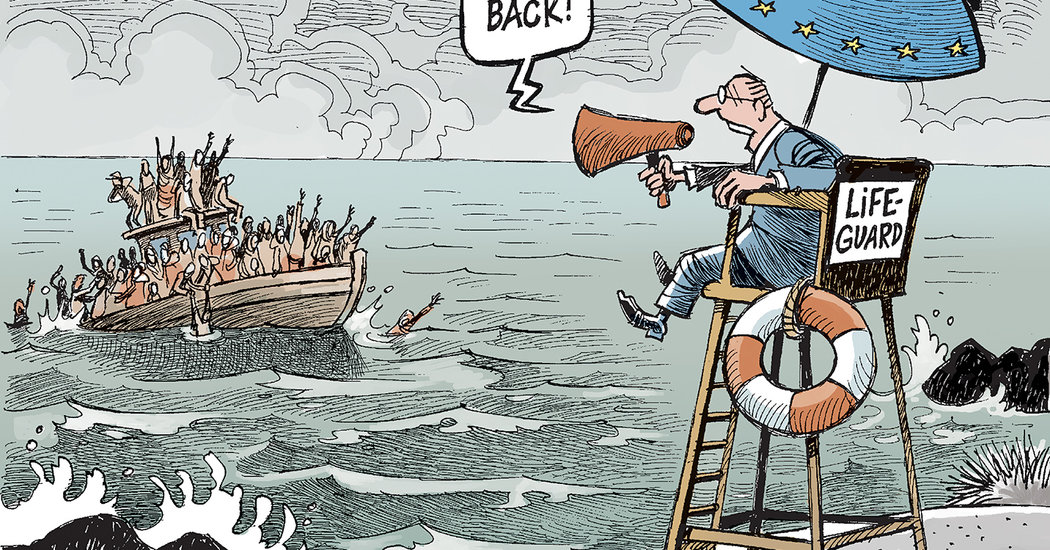Cultural appropriation, a term that captures the appropriation of elements from one culture by members of another, often privileged, culture without permission, has been a consistent theme in political cartoons. The portrayal of this complex social issue in the medium of satire can bring forth both nuanced criticisms and oversimplified narratives. This article will delve into the various dimensions of cultural appropriation as represented in political cartoons, exploring their significance, techniques employed by artists, types of content, and the audience’s reception.
Political cartoons utilize the powerful intersection of art and commentary to distill intricate social issues into digestible visual narratives. The inherent brevity of a cartoon demands clarity, often requiring a delicate balance between humor and seriousness. Cultural appropriation, given its often contentious nature, necessitates a thoughtful approach. Artists frequently tackle this subject through various lenses, including race, identity, and globalization, revealing the perils of cultural commodification.
One of the more prevalent types of political cartoons addressing cultural appropriation employs caricature. Artists exaggerate characteristics of both the appropriating culture and the culture being appropriated. This technique inherently critiques the absurdity of profiting from another’s culture while often trivializing their lived experiences. For instance, a cartoon depicting a celebrity donning traditional attire from another culture while misrepresenting its significance can highlight the dissonance between deep cultural meaning and superficial presentation.
Another approach seen in this medium is the juxtaposition of cultural symbols. Artists often contrast the ways various cultures are presented in media or society at large, shedding light on double standards regarding acceptance. For example, a cartoon might depict a member of a dominant culture adorned with sacred artifacts from an indigenous culture, accompanied by a commentary on the irony of such appropriation occurring alongside the oppression of the latter community. This stark contrast can evoke a visceral reaction, prompting viewers to reflect deeply on the implications of their own cultural consumption.
Irony, too, is a powerful tool in the realm of political cartoons about cultural appropriation. Cartoonists often employ ironic situations to emphasize the absurdity of cultural appropriation scenarios. For instance, one might portray a fashion designer featuring traditional patterns in a runway show, with an accompanying tagline that highlights the difference between appropriation and appreciation. This cleverly crafted narrative invites viewers to critically examine the motivations behind cultural borrowing and the ethics involved in such actions. Irony serves not just to amuse but also to provoke thought, challenging audiences to reassess their perceptions.
Cultural critique manifests in political cartoons through the satirical representation of popular icons and public figures. When celebrities or influencers appropriate cultural elements for fashion or imagery without acknowledgment, cartoons may lampoon these figures, turning the spotlight on their actions. This type of content tends to resonate emotionally with audiences, as it often reflects shared sentiments regarding authenticity and respect. The familiar faces of popular culture create an immediate connection, making the political commentary more accessible and engaging.
Moreover, the medium has witnessed the rise of participatory or interactive forms of political cartoons, where readers can engage directly with the content or contribute their own interpretations. This evolution reflects the accessibility of digital platforms, and artists who encourage dialogue around cultural appropriation invite diverse perspectives to enrich the discourse. Readers, empowered with the tools to dissect and debate these cultural depictions, become not only consumers of art but active participants in the ongoing conversation surrounding identity and ownership.
Political cartoons also frequently explore the repercussions of cultural appropriation in broader societal contexts, linking individual actions to systemic issues. For example, a cartoon might depict a wealthy individual reaping financial benefits from a cultural festival that has displaced its originators, encouraging reflection on gentrification and exploitation. This reveals the profound intersections between cultural appropriation, economic inequality, and social justice, elucidating the multifaceted nature of these issues.
The potential for misunderstanding in political cartoons about cultural appropriation cannot be overlooked. While many cartoons poignantly critique appropriation, others may inadvertently perpetuate stereotypes or simplify complex narratives. The thin line between satire and insensitivity can lead to backlash, particularly if marginalized voices are silenced or misrepresented. As a result, political cartoonists must navigate the precarious balance of humor and sensitivity in their portrayals.
Furthermore, audience reception to cartoons addressing cultural appropriation varies significantly. While some viewers may resonate deeply with the underlying messages, seeing themselves reflected in the commentary, others may dismiss or misinterpret the intent. The subjective nature of humor often leads to polarized perspectives, illustrating the challenges artists face when tackling sensitive issues through satire. For many, these cartoons serve as a catalyst for discussion, prompting conversations on ownership, authenticity, and the complexities of cultural exchange.
In summation, political cartoons serve an essential function in discussing cultural appropriation, providing a poignant platform for critique and reflection. Through the use of caricature, juxtaposition, irony, and satire, artists illuminate the contentious aspects of cultural appropriation, urging audiences to reassess their own roles in cultural discourse. The ongoing evolution of this medium, combined with the engagement of diverse audiences, fosters a vibrant dialogue around cultural identity and the ethics of appropriation in an increasingly globalized world. As society continues to grapple with these intricate dynamics, political cartoons will undoubtedly remain a critical vehicle for commentary and change.
